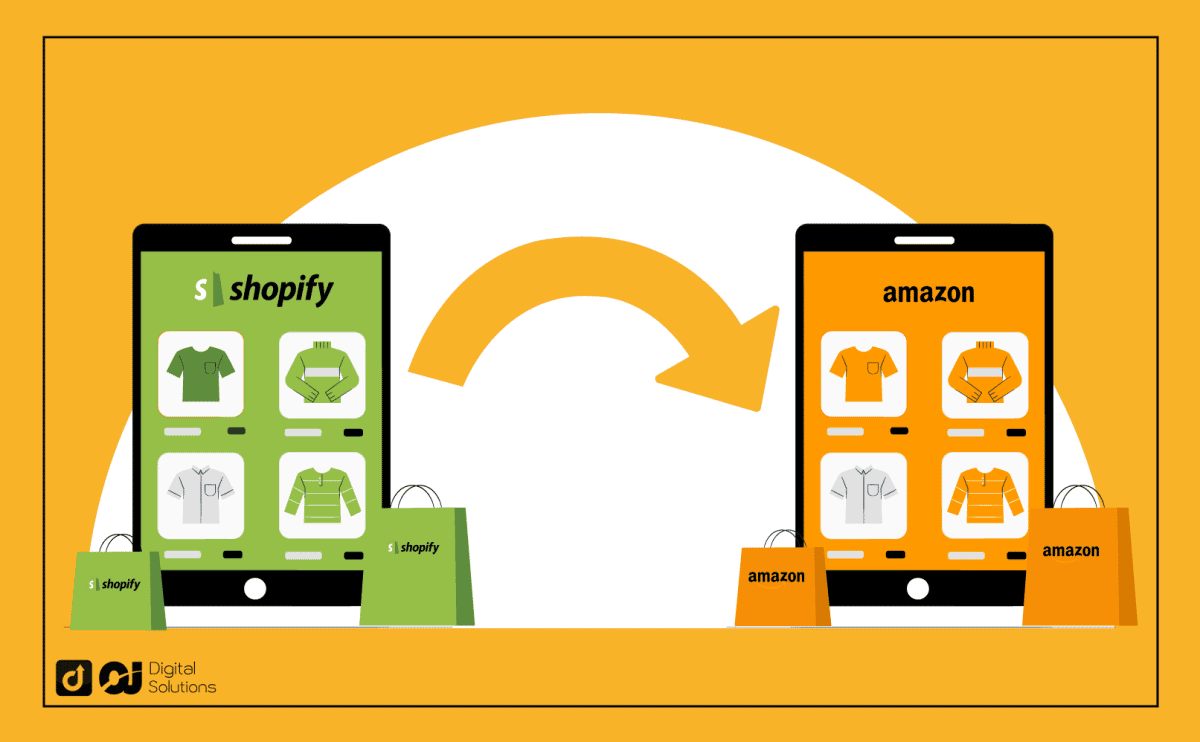Why wouldn’t you want to sell your Shopify products on Amazon?
You’ll be able to leverage Amazon’s 300+ million worldwide customers and diversify your sources of traffic and sales.
While Shopify allows you to manage your business on your own terms, by selling your products on Amazon, you can reach a much broader audience that includes international customers, which isn’t possible on Shopify alone.
Integrating the two platforms is not rocket science.
It is now possible to link your Shopify products with your Amazon listing for all categories and synchronize your Shopify product details, images, and other variants to your Amazon’s seller central account.
This makes it easier for you to fulfill Amazon orders just from the Shopify interface while enjoying the best of both worlds.
So, if you are ready to learn more about its benefits and how to integrate your Shopify into your Amazon listing, this in-depth guide will show you exactly how to make it happen.
Let’s dive in!
How To Sell On Amazon With Shopify
You can connect Shopify to Amazon by following these seven simple steps:
Check Category Eligibility
Before doing anything, you need to make sure that you are eligible to sell on Amazon. You have to meet the following requirements.
- You have an active Professional Seller account on Amazon Seller Central.
- You have a solid return policy.
- You are on an active Shopify plan.
- You are not using Amazon FBA.
Now you will have to get approval from Amazon to see whether your products fit their category or not.
Currently, Shopify supports the following categories:
- Clothing and Accessories
- Health and Household
- Beauty and Personal Care
- Home and Kitchen
- Patio and Garden
- Sewing, Arts and Crafts
- Sports and Outdoors
- Toys and Games
List of categories and products requiring approval:
- Holiday Selling Requirements in Toys & Games
- Amazon Watch Warranty FAQs
- Made in Italy
- Video, DVD, & Blu-ray
- Collectible Coins
- Streaming Media Players
- Personal Safety and Household products
You might have to fulfill performance reviews, other requirements, and additional fees to clear the approval process.
Create An Amazon Seller Account
Sellers get two options to sign up for an Amazon seller account: the Individual plan or the Professional plan.
Visit Amazon Services and click on the Sign Up option. Put in your name, email address, and then set a strong password.
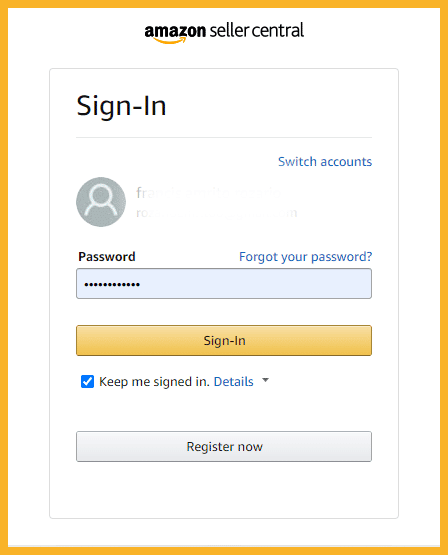
Complete the account set up process by adding your business name and address, phone number, credit card, bank account information, and your Taxpayer Identification Number.
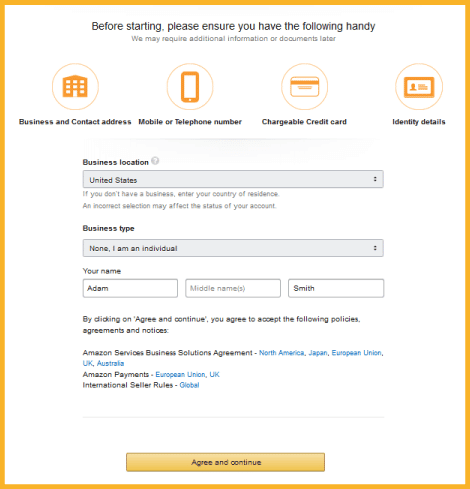
Add The Amazon Sales Channel To Your Shopify Store
Shopify sellers can add Amazon as a sales channel from the Shopify Admin page.
Here I will be explaining the process for connecting Shopify to Amazon.
- Log in to Shopify admin and click on the + button beside “Sales Channels”.
- Click on “Amazon”, which will provide more information about the sales channel.
- Click on Add Channel.
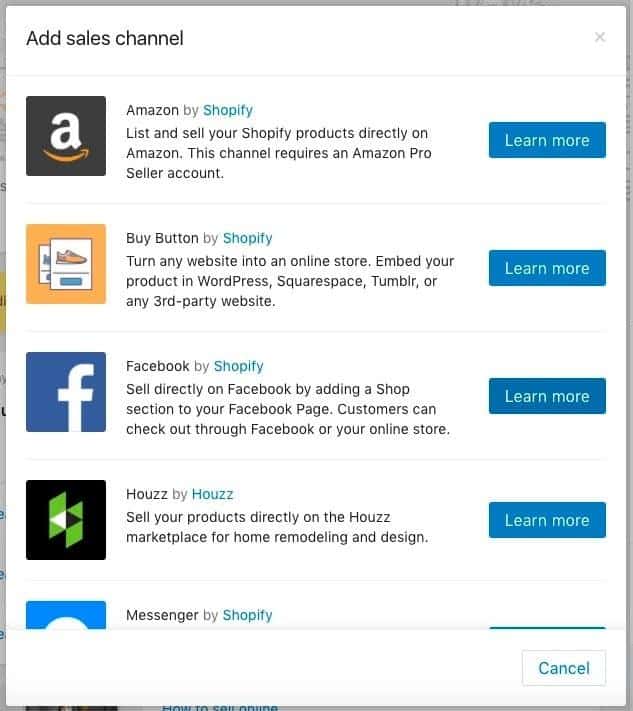
- Click Connect to Amazon on the Amazon account page.
Then follow the guidelines to connect all your products’ information from Shopify to the Amazon Seller Central account.
Once the process ends, you will be directed back to the Shopify admin page.
Finally, confirm Shopify access in the User Permission section of the Amazon Seller Central Account.
You can add Amazon sales channels on both iPhone and Android devices as a seller.
Purchase UPCs
You will have to get a Universal Product Code (UPC), Barcode, or EAN for every product you want to sell online to enter the Product ID section of the Product listing page. Otherwise, an error will appear.
You do not need a UPC if your company is registered under the Amazon brand registry.
Instead, Amazon recommends buying UPCs from GS1 resellers, as recycled UPCs can lead to the suspension of your account.
Create Amazon Listings
New sellers will have to add products to the Amazon store to start selling. Existing Amazon sellers can skip this part.
- Click on Amazon and go to Create Listing.
- Browse the category list and select your products for listing.
- Click on ‘Select Product.’
You must mention whether you are selling a self-made product or reselling a product from other sellers.

- Choose the related option. For reselling a product, find whether the product is already listed or not.
- Then select your relevant product and create an offer. If you can’t find your product create a new listing.
- Fill in the details on the listing page and finally publish it.
Steps to link Amazon to Shopify
For stores with an Amazon listing, they can claim those listings to connect to the Shopify store.
- Go to Amazon > Listing > Link Products > Browse Products.
- Once you have found your product selection, add variants (if any).
Set An Inventory Tracking Policy
To set an inventory tracking policy, you will get two options.
Either go for the Shopify inventory setting or manually manage inventory.
Shopify inventory setting: It is an automatic option where Shopify updates your Amazon listing to reflect your Shopify products.
Manual Inventory: You can choose not to go for Shopify track inventory for manual tracking. Here Shopify will ensure that your product is available on Amazon by setting the inventory to 100 in Amazon Seller Central.
This syncing of inventory details saves you from the disaster of customers ordering an out-of-stock product.

Fulfill Amazon Orders With Shopify
Now you are all set to start selling on Amazon.
When someone buys your product on Amazon, you’ll get the details on your Shopify account.
Remember to be highly conscious of Amazon’s handling and delivery requirements.
You will manage your Amazon refund requests from your Amazon Seller Account. To maintain accuracy, add the details to the Shopify account manually.
Sellers are advised to follow the Amazon sale procedure religiously.
In addition, you can use custom-made boxes of your brand to promote your name and connect on social platforms for their reviews.

How Merchants Can Benefit From The Shopify Amazon Integration
If you are a merchant looking to integrate Amazon with Shopify, here are some benefits to motivate you further:
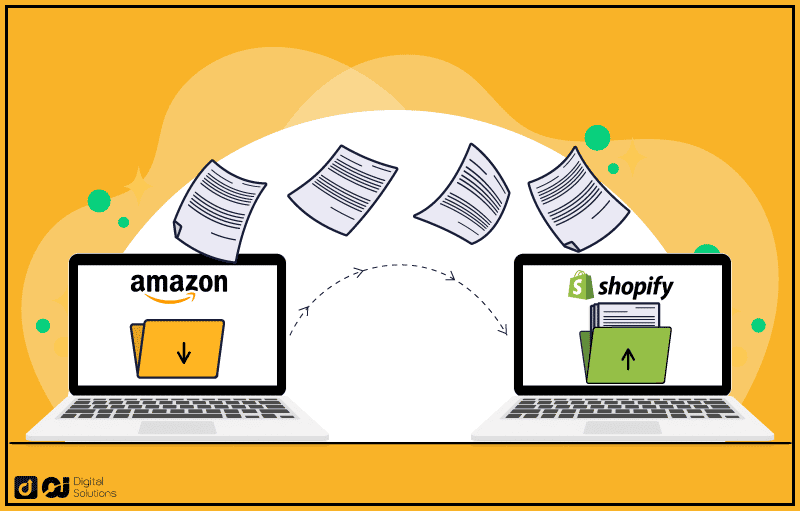
Amazon is a trusted name.
Most consumers prefer to buy from Amazon compared to any other site.
Why?
One word: Trust
About 56% of consumers visit Amazon frequently, weekly, or daily.
You need to go where your customers are and if they are shopping on Amazon, this is where you want to be.
Higher Conversion Rate
Amazon is a trusted platform that has been around for decades, so when customers purchase from you through Amazon they know they can trust in the quality of your product.
Amazon also has some pretty amazing conversion rates compared to other platforms like Shopify or WooCommerce: the average conversion rate on Amazon is around 10-15% compared to the conversion rate on a Shopify store which is around 2-4%.
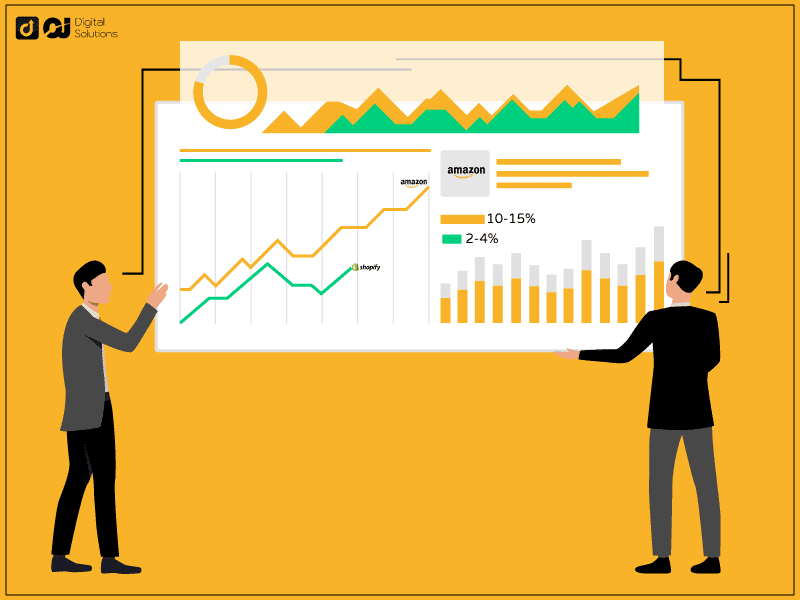
This means if someone visits your page on Amazon, there’s a much higher chance they’ll buy from you!
When people purchase from you through Amazon, their information is stored in their account and used for future purchases.
This means as long as people keep buying from you, Amazon will keep showing them your products based on what they’ve bought before.
Increase visitors to your Shopify Store
Shopify has a user-friendly interface and the highest converting Shopify themes.
But it is useless if you have no visitors.
You can leverage Amazon’s global audience and 14 marketplaces to boost your brand’s discoverability and unlock new revenue streams.
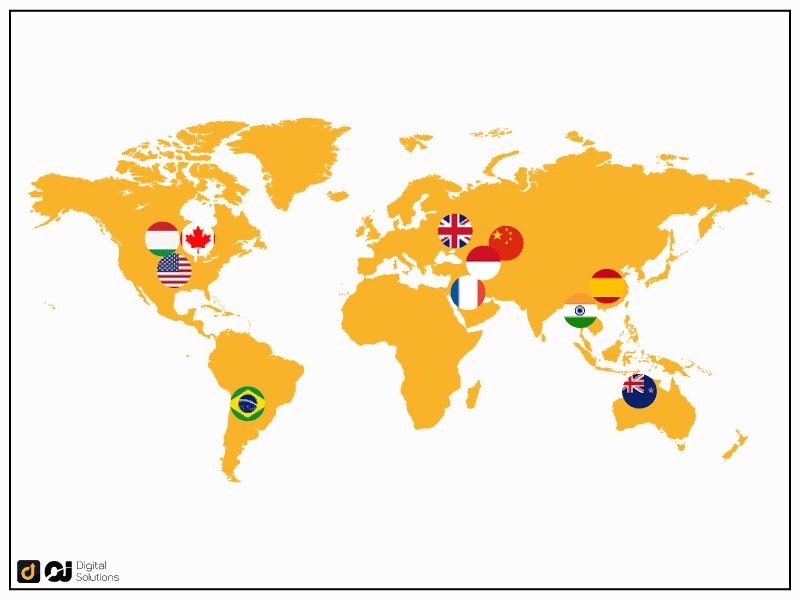
I would recommend that you start by listing your best-selling products on Amazon.
Once customers start trusting you through Amazon, they might buy directly from your Shopify store (especially if you give them extra reasons to do so).
Many sellers even add their social media handles within their packaging to build a better personal connection with their customers.
Save time by outsourcing inventory management
The Amazon FBA program allows you to sell on Amazon, without having to worry about maintaining separate inventory pools for your Shopify store, or for your Amazon store.
When you get an order on your Shopify store, the orders and payments are processed and the details are sent through transactional email to Amazon, and all your orders are promptly taken care of.
You will no longer have to worry about storing, picking, packing, shipping, and tracking orders because Amazon does it all for you!
Extra Perks
- If one of your stores suffers a technical breakdown, having an alternative functional store makes it easy for your customers to order without having to wait for the issue to be fixed.
- Another perk is being promoted by bloggers via social media or blog posts.
Many bloggers look specifically for products that are sold on Amazon so that they can promote them to their audience using the Amazon Associates Program which is Amazon’s affiliate program.
They get a commission for every sale they generate through their affiliate link.
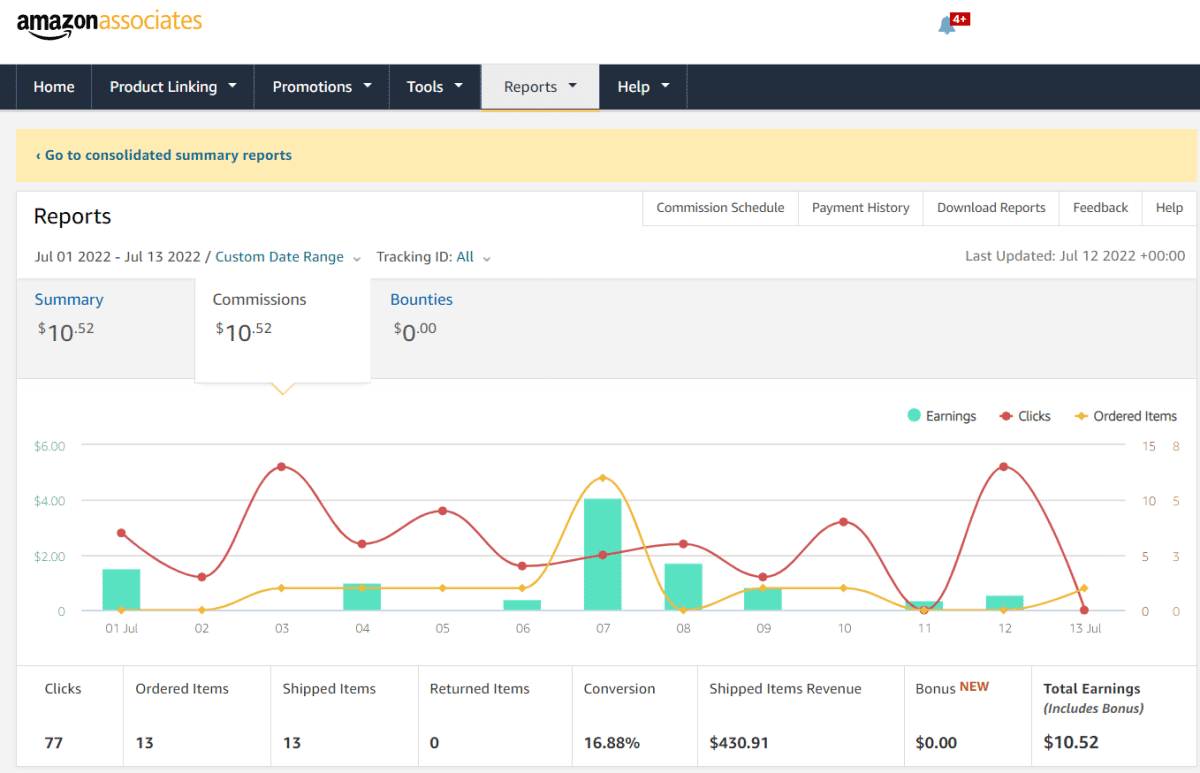
- Amazon has a budget-friendly setup fee. An individual plan is for $0.99/unit sold along with selling fees, whereas a professional plan starts from $39.99 monthly, with seller fees and unlimited access to seller tools.
- Amazon is highly optimized to rank on top Google searches; this means half of your marketing is already done for you.
- Amazon has 295 warehouses in 13 countries: Australia, Canada, China, France, Germany, India, Ireland, Italy, Japan, Mexico, Spain, the U.S., and the U.K.
FAQ – Frequently Asked Questions
How Do I Link My Shopify Account To Amazon UK?
Amazon Prime UK is a popular platform among Europeans. You can use Shopify to Amazon integration UK to enhance your audience reach. Start by importing all your product listings to Amazon and fulfill orders at a given time.
Can You Put A Shopify Store On Amazon?
Absolutely! Like other e-commerce sellers, you can put your Shopify store on Amazon.
Can I Export Products From Shopify To Amazon?
Select the items from your Shopify account to your Amazon store and click on ‘Export.’ All the selected products will start uploading on Amazon along with all customs rules and optimizations implemented.
Bottom Line
One of the best ways to expand your e-commerce business and diversify your sources of revenue is by selling on Amazon.
Shopify can help you achieve this with seamless integration between the two platforms so you can enjoy endless benefits, including more customers, better exposure, and development.
Now I’d like to hear from you, on what Amazon marketplace are you going to sell your products first?
Are you going to start selling on the Amazon USA marketplace or on another international marketplace? Check out our guide about how to sell internationally on Amazon.

